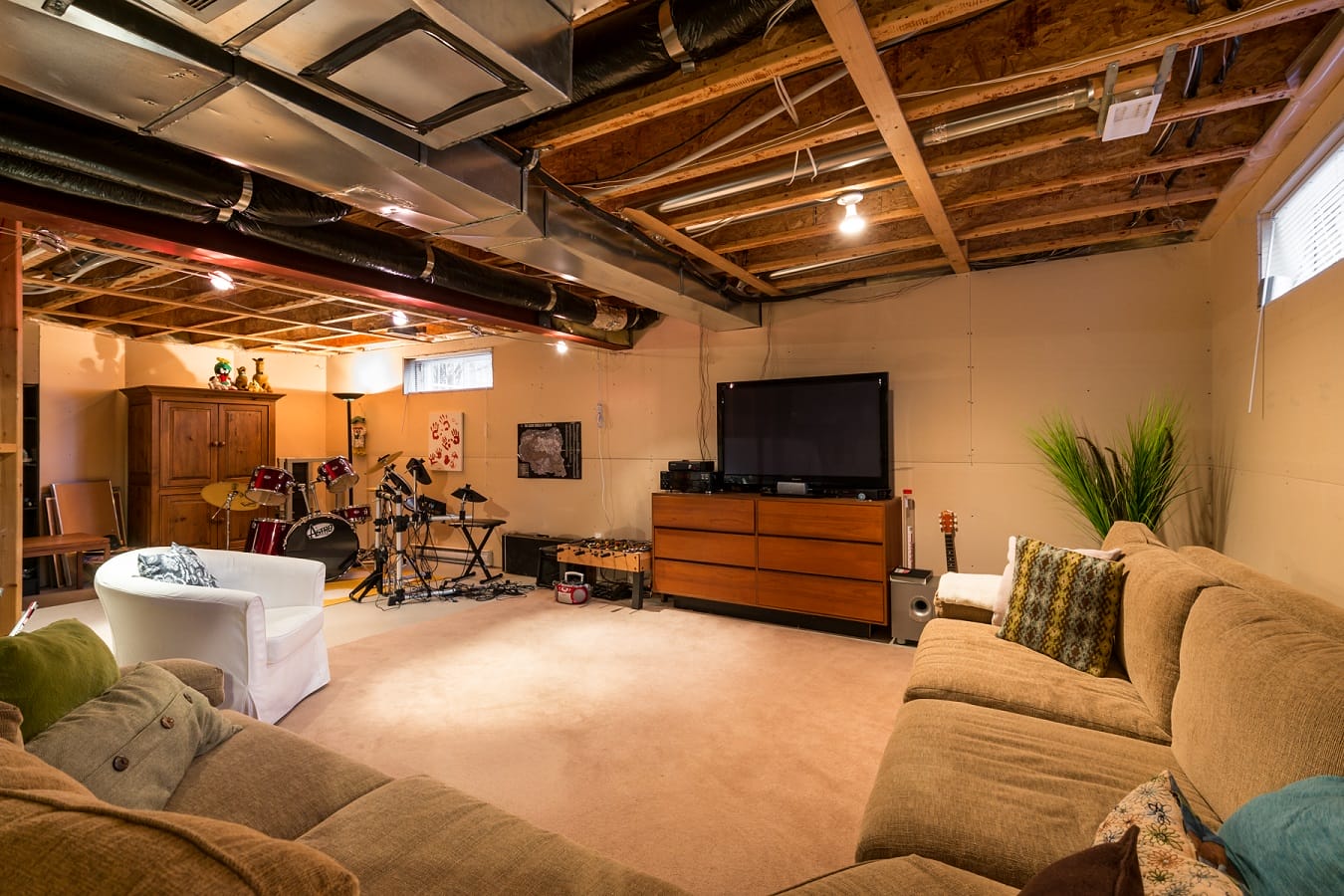

Articles
How To Cool A Basement Without AC
Modified: August 19, 2024
Learn effective ways to cool a basement without AC in this informative article. Discover practical tips and solutions to beat the heat.
(Many of the links in this article redirect to a specific reviewed product. Your purchase of these products through affiliate links helps to generate commission for Storables.com, at no extra cost. Learn more)
**
Introduction
**
When it comes to creating a comfortable living space, the basement often presents a unique set of challenges. As the lowest point in a home, basements tend to be cooler and damper than the rest of the house, making them susceptible to high humidity levels and a lack of proper air circulation. While air conditioning (AC) is a common solution for cooling indoor spaces, it may not always be feasible or cost-effective to install in a basement. However, there are various alternative methods to effectively cool a basement without relying on traditional AC units.
In this comprehensive guide, we will explore practical and innovative strategies for cooling a basement, taking into account factors such as insulation, ventilation, dehumidification, and the use of fans and portable AC units. Additionally, we will delve into the benefits of utilizing natural cooling methods, which can significantly enhance the comfort and livability of a basement environment.
Whether you are looking to transform your basement into a functional living area, a home office, or a recreational space, the insights and techniques shared in this article will empower you to create a cool and inviting atmosphere without the need for conventional air conditioning. Let's embark on this journey to discover how to effectively cool a basement and make the most of this valuable area within your home.
Key Takeaways:
- Keep your basement cool by insulating and sealing to maintain a comfortable temperature, reduce energy costs, and prevent outside air from affecting the indoor environment.
- Improve basement comfort with ventilation, dehumidification, and natural cooling methods. Enhance air quality, control moisture, and create a sustainable, energy-efficient living space.
Read more: How To Keep Car Cool Without AC
Understanding Basement Cooling
Before delving into specific cooling methods, it is essential to understand the unique characteristics of basements that impact their temperature and humidity levels. Basements are naturally cooler than the upper levels of a home due to their below-ground location and limited exposure to direct sunlight. Additionally, basements often experience higher humidity levels, especially in regions with moist climates or during the summer months.
The cool, damp environment of a basement can create challenges when it comes to maintaining a comfortable and healthy indoor space. Excess humidity can lead to musty odors, mold growth, and a general feeling of stuffiness. Furthermore, inadequate airflow and insulation can exacerbate these issues, making it essential to address these aspects when implementing a basement cooling strategy.
Understanding the specific cooling needs of a basement involves considering factors such as insulation, air circulation, and humidity control. By addressing these elements comprehensively, it is possible to create a cooler, more comfortable environment in the basement without relying solely on traditional air conditioning systems.
Throughout this guide, we will explore various approaches to basement cooling, each tailored to address the unique challenges presented by this below-ground living space. From insulation and ventilation to the strategic use of fans and dehumidifiers, we will uncover practical and effective methods to achieve optimal basement comfort. By gaining a deeper understanding of basement cooling principles, you will be equipped to make informed decisions and implement solutions that align with your specific needs and preferences.
Insulation and Sealing
Effective insulation and sealing are fundamental components of a comprehensive basement cooling strategy. Proper insulation helps regulate the temperature in the basement, while sealing any gaps or cracks prevents warm outdoor air from infiltrating the space and compromising the cooling efforts.
Insulation:
- Insulating the walls and ceiling of the basement helps maintain a consistent temperature by minimizing heat transfer between the interior and exterior of the home. This is particularly important in basements, where the surrounding soil and concrete walls can contribute to heat loss or gain.
- Common insulation materials include foam board, fiberglass batts, and spray foam. These materials can be installed on basement walls and ceilings to create a thermal barrier, reducing the impact of external temperature fluctuations on the indoor environment.
- By improving the overall thermal efficiency of the basement, proper insulation contributes to a cooler and more comfortable living space, reducing the reliance on mechanical cooling systems.
Sealing:
- Sealing gaps, cracks, and openings in the basement’s exterior walls, windows, and foundation is crucial for preventing warm, humid air from entering and compromising the cooling efforts. Common areas for air leaks include around windows, doors, and utility penetrations.
- Applying caulk, weatherstripping, or foam sealant to these areas helps create airtight barriers, reducing the infiltration of outdoor air and the escape of conditioned air from the basement.
- By effectively sealing the basement, you can maintain a more stable indoor environment, minimizing the impact of external temperature and humidity fluctuations.
By addressing insulation and sealing, you can significantly improve the overall thermal performance of the basement, creating a more controlled and comfortable environment. These measures not only contribute to cooling the space but also enhance energy efficiency, ultimately reducing the need for excessive mechanical cooling and lowering utility costs.
Ventilation and Air Circulation
Proper ventilation and air circulation play a crucial role in cooling a basement and maintaining a healthy indoor environment. Effective ventilation helps remove stagnant air, odors, and excess moisture, while promoting the exchange of indoor and outdoor air. Additionally, strategic air circulation ensures that cool air is distributed evenly throughout the space, preventing pockets of stagnant or warm air.
Ventilation:
- Installing a mechanical ventilation system, such as a basement exhaust fan or a whole-house ventilation system, can help remove stale air and moisture from the basement. These systems expel indoor air while drawing in fresh outdoor air, promoting air exchange and improving overall air quality.
- Natural ventilation methods, such as opening windows and using window fans, can also facilitate air movement and exchange. This approach is particularly effective during cooler evenings or early mornings when outdoor temperatures are lower.
- By enhancing ventilation, you can reduce the buildup of humidity and odors, creating a fresher and more comfortable basement environment.
Air Circulation:
- Strategically placing fans or utilizing ceiling fans in the basement can improve air circulation, preventing stagnant air and promoting a more uniform distribution of cool air. Oscillating fans or box fans can be positioned to facilitate airflow and create a gentle breeze throughout the space.
- Utilizing portable air circulators or axial fans can help mitigate temperature differentials within the basement, ensuring that cooler air reaches all areas of the room.
- By promoting consistent air movement, you can create a more pleasant and balanced environment, reducing the likelihood of localized warm spots or stagnant air pockets.
By prioritizing ventilation and air circulation, you can effectively mitigate humidity, odors, and uneven temperatures in the basement, contributing to a cooler and more inviting space. These measures not only enhance comfort but also support overall indoor air quality, creating a healthier and more enjoyable living environment.
Consider using fans and dehumidifiers to circulate air and remove moisture. Keep windows and doors open in the evening to let in cool air, and use insulated curtains or shades to block out sunlight during the day.
Dehumidification
Controlling humidity levels is a critical aspect of cooling a basement, as excess moisture can contribute to a damp, uncomfortable environment. Dehumidification involves the removal of excess moisture from the air, helping to create a drier and more comfortable indoor space. This is particularly important in basements, which are prone to higher humidity levels due to their below-ground location and limited ventilation.
Dehumidifier Selection:
- Investing in a high-quality dehumidifier specifically designed for basement use is an effective way to control humidity levels. Look for a unit with a sufficient capacity to address the size and moisture levels of the basement, and consider features such as adjustable humidity settings and continuous drainage options.
- Placement of the dehumidifier is crucial for optimal performance. Position the unit in a central location within the basement to ensure comprehensive moisture removal and even distribution of drier air throughout the space.
- Regular maintenance, including cleaning the filter and emptying the water reservoir as needed, is essential to ensure the dehumidifier operates efficiently and effectively.
Moisture Prevention:
- Besides using a dehumidifier, preventing moisture intrusion is essential for long-term humidity control. Address any water leaks, condensation issues, or foundation seepage to minimize the introduction of excess moisture into the basement.
- Ensuring proper ventilation and addressing any sources of water infiltration, such as leaky pipes or inadequate drainage, can significantly reduce the overall moisture load on the basement environment.
By implementing dehumidification measures, you can create a drier, more comfortable basement environment, reducing the likelihood of musty odors, mold growth, and discomfort associated with high humidity. Controlling moisture levels not only contributes to a cooler space but also supports overall indoor air quality and the preservation of furnishings and structural elements within the basement.
Read more: How To Make A Room Cool Without AC
Using Fans and Portable AC Units
When traditional central air conditioning is not a feasible option for cooling a basement, fans and portable AC units offer versatile and efficient alternatives to enhance comfort and temperature control. These solutions provide targeted cooling and air circulation, making them well-suited for basement environments where conventional AC systems may be impractical.
Fans:
- Utilizing fans, such as oscillating fans, pedestal fans, or tower fans, can improve air circulation and create a gentle breeze in the basement. Positioning fans strategically to direct airflow towards living or activity areas enhances comfort and helps mitigate stagnant air.
- Ceiling fans are effective for promoting air movement and distributing cool air throughout the space. They can complement other cooling methods and contribute to a more uniform temperature distribution in the basement.
- Fans are energy-efficient and can be used in conjunction with other cooling strategies to enhance overall comfort without significantly increasing energy consumption.
Portable AC Units:
- Portable air conditioners offer a flexible and targeted cooling solution for basements. These units can be positioned in specific areas to provide direct cooling where it is needed most, making them ideal for creating comfortable zones within the basement.
- When selecting a portable AC unit, consider factors such as cooling capacity, energy efficiency, and ease of installation. Look for units with adjustable settings to tailor the cooling output to the specific requirements of the basement environment.
- Portable AC units are a practical option for cooling smaller areas or supplementing existing cooling systems, providing a customizable and portable cooling solution.
By incorporating fans and portable AC units into the basement cooling strategy, you can enhance comfort and temperature control without the need for extensive ductwork or permanent installations. These solutions offer flexibility and efficiency, allowing you to adapt the cooling approach based on specific usage patterns and comfort preferences within the basement.
Utilizing Natural Cooling Methods
Embracing natural cooling methods can significantly contribute to creating a comfortable and energy-efficient basement environment. By leveraging the inherent cooling properties of outdoor air and strategic design elements, you can enhance the livability of the basement while minimizing reliance on mechanical cooling systems.
Cross-Ventilation:
- Strategic placement of windows and vents facilitates cross-ventilation, allowing cooler outdoor air to enter the basement while expelling warm indoor air. This natural airflow can help regulate temperatures and reduce the need for mechanical cooling during milder weather conditions.
- Opening windows on opposite sides of the basement creates a pathway for air exchange, promoting natural cooling and freshening the indoor environment.
Shading and Insulation:
- Utilizing exterior shading elements, such as awnings or vegetation, can help reduce solar heat gain through basement windows, minimizing the impact of direct sunlight on indoor temperatures.
- Applying reflective coatings or films to basement windows can further mitigate heat transfer, enhancing the overall thermal performance of the space.
- Enhanced insulation, particularly in areas exposed to direct sunlight or outdoor heat sources, helps maintain a cooler indoor environment by reducing the impact of external temperature fluctuations.
Night Ventilation:
- Utilizing cooler nighttime temperatures to naturally cool the basement is an effective strategy during the warmer months. Opening windows and allowing natural ventilation during the evening can help lower indoor temperatures and reduce reliance on mechanical cooling during the day.
- Night ventilation takes advantage of natural temperature differentials, promoting energy-efficient cooling without the need for additional equipment or energy consumption.
By integrating natural cooling methods into the basement environment, you can harness the benefits of outdoor air and passive design strategies to create a more comfortable and sustainable living space. These approaches not only reduce energy consumption but also enhance the overall connection between the indoor environment and the surrounding outdoor elements, fostering a more harmonious and naturally cooled basement.
Conclusion
Cooling a basement without traditional air conditioning is a multifaceted endeavor that encompasses insulation, ventilation, dehumidification, and the strategic use of fans and portable cooling units. By understanding the unique characteristics of basements and implementing targeted cooling strategies, you can transform this below-ground space into a comfortable and inviting area for various activities and purposes.
Effective insulation and sealing create a thermal barrier, reducing the impact of external temperature fluctuations and enhancing energy efficiency. By addressing air circulation and ventilation, you can promote a fresher and more uniform indoor environment, minimizing the buildup of humidity and odors. Dehumidification plays a crucial role in controlling moisture levels, contributing to a drier and more comfortable basement environment.
Utilizing fans and portable AC units offers versatile and efficient cooling solutions, allowing for targeted temperature control and enhanced comfort without the need for extensive ductwork or permanent installations. Embracing natural cooling methods, such as cross-ventilation, shading, and night ventilation, provides sustainable and energy-efficient approaches to cooling the basement, fostering a closer connection with the outdoor environment.
By integrating these diverse cooling methods, you can create a basement environment that is cool, comfortable, and conducive to various activities and uses. Whether it’s a recreational space, a home office, or an additional living area, a well-cooled basement enhances the overall livability of your home while minimizing energy consumption and operating costs.
As you embark on the journey to cool your basement without traditional AC, consider the unique characteristics and requirements of the space, and tailor your approach to align with your specific needs and preferences. By implementing a comprehensive and strategic cooling strategy, you can unlock the full potential of your basement and enjoy a cool, comfortable, and inviting space throughout the year.
Frequently Asked Questions about How To Cool A Basement Without AC
Was this page helpful?
At Storables.com, we guarantee accurate and reliable information. Our content, validated by Expert Board Contributors, is crafted following stringent Editorial Policies. We're committed to providing you with well-researched, expert-backed insights for all your informational needs.
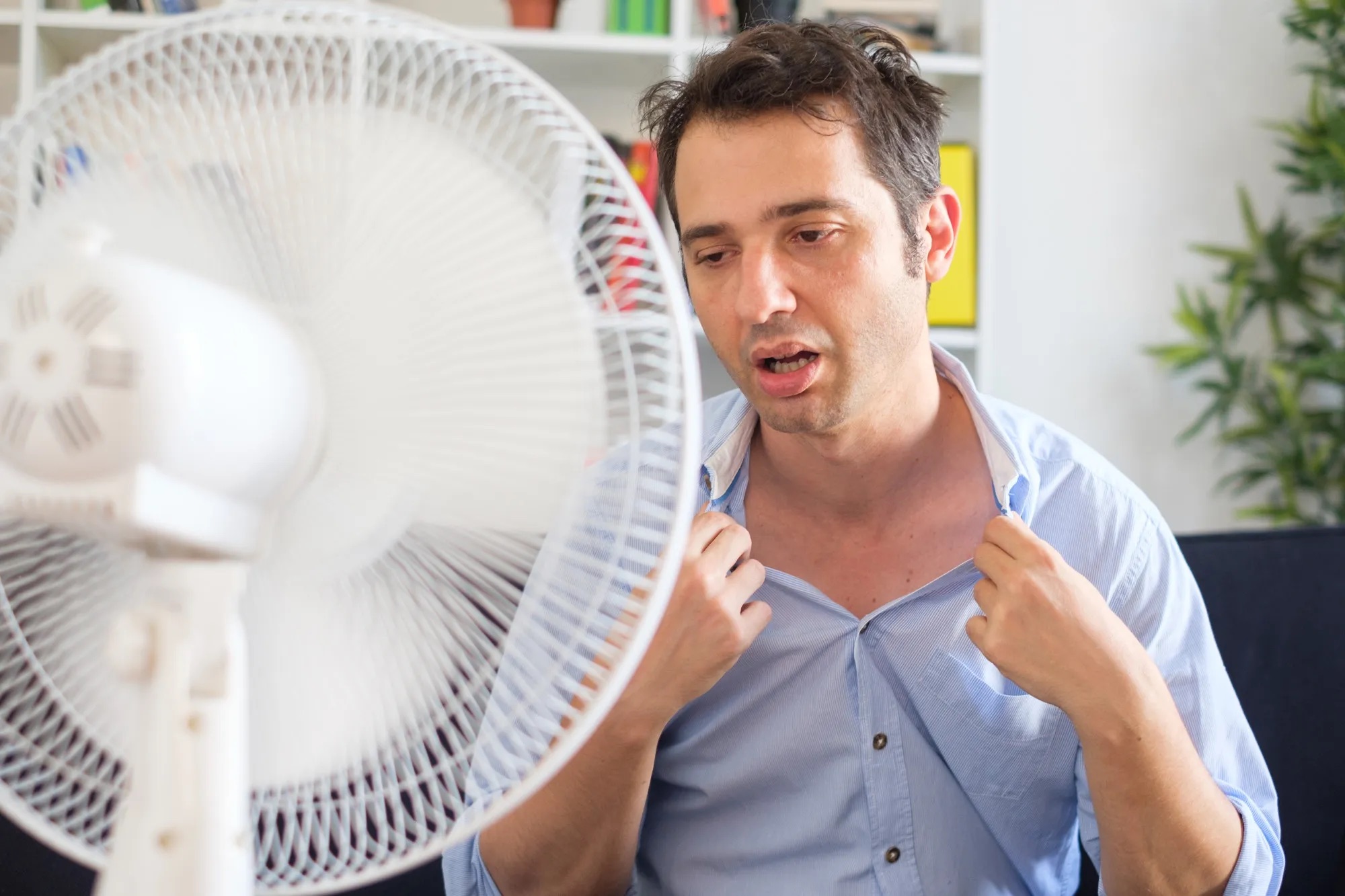
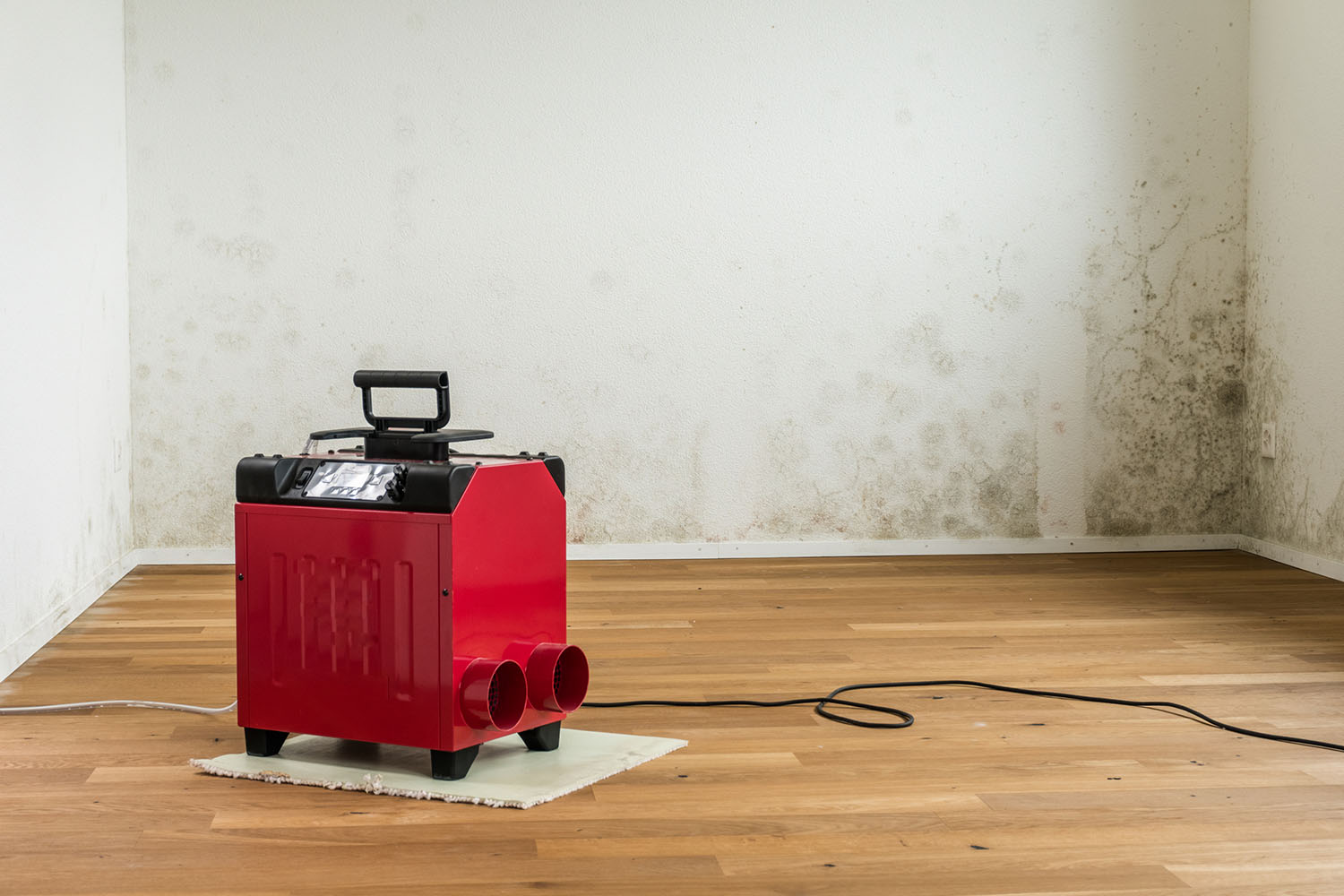
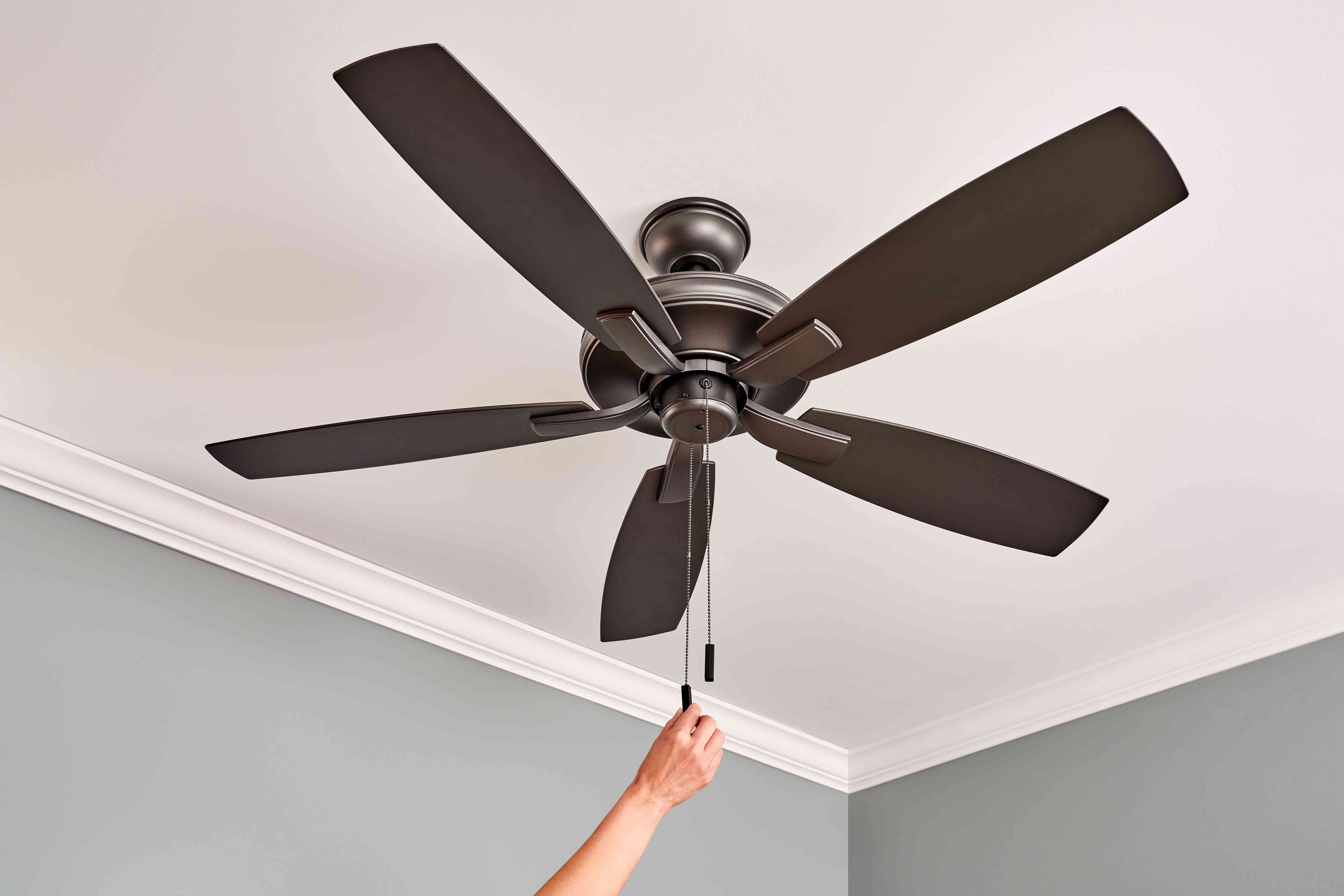
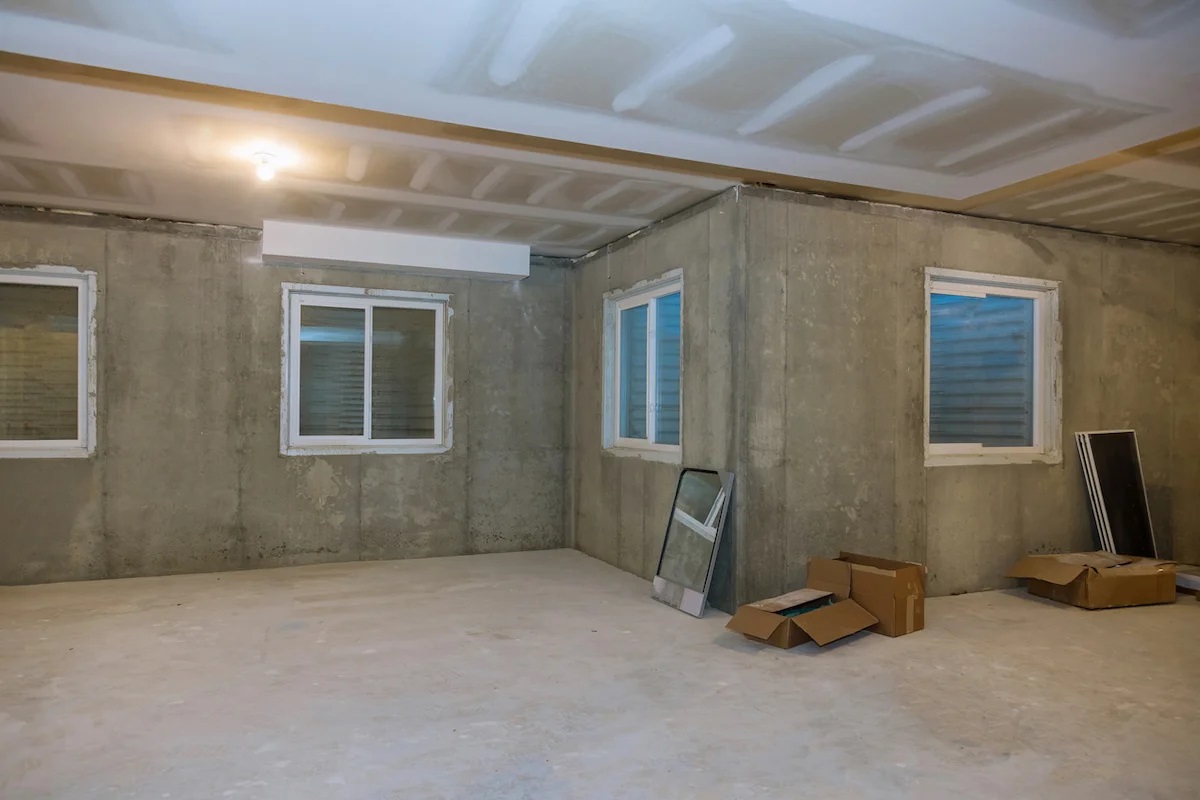



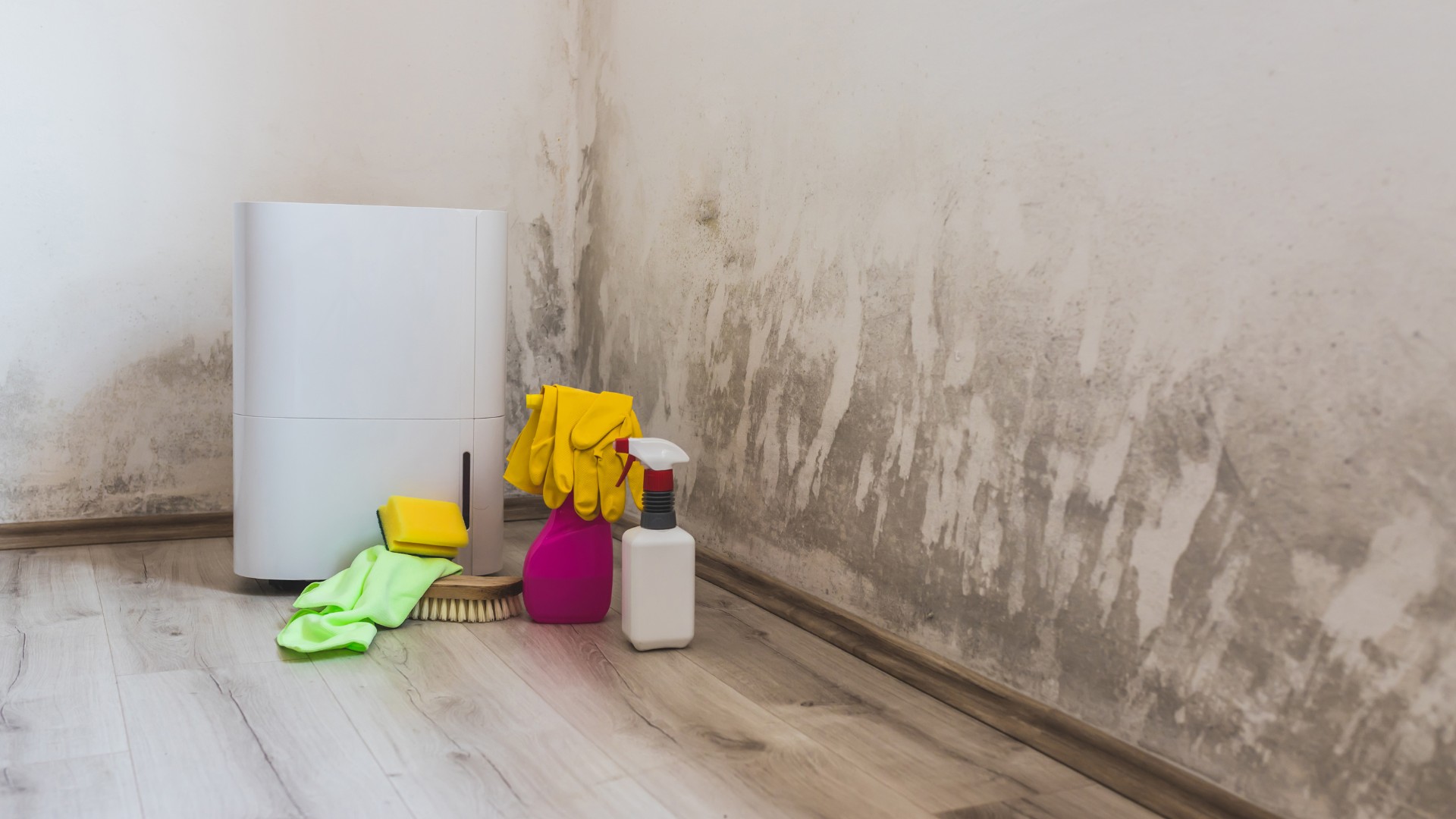
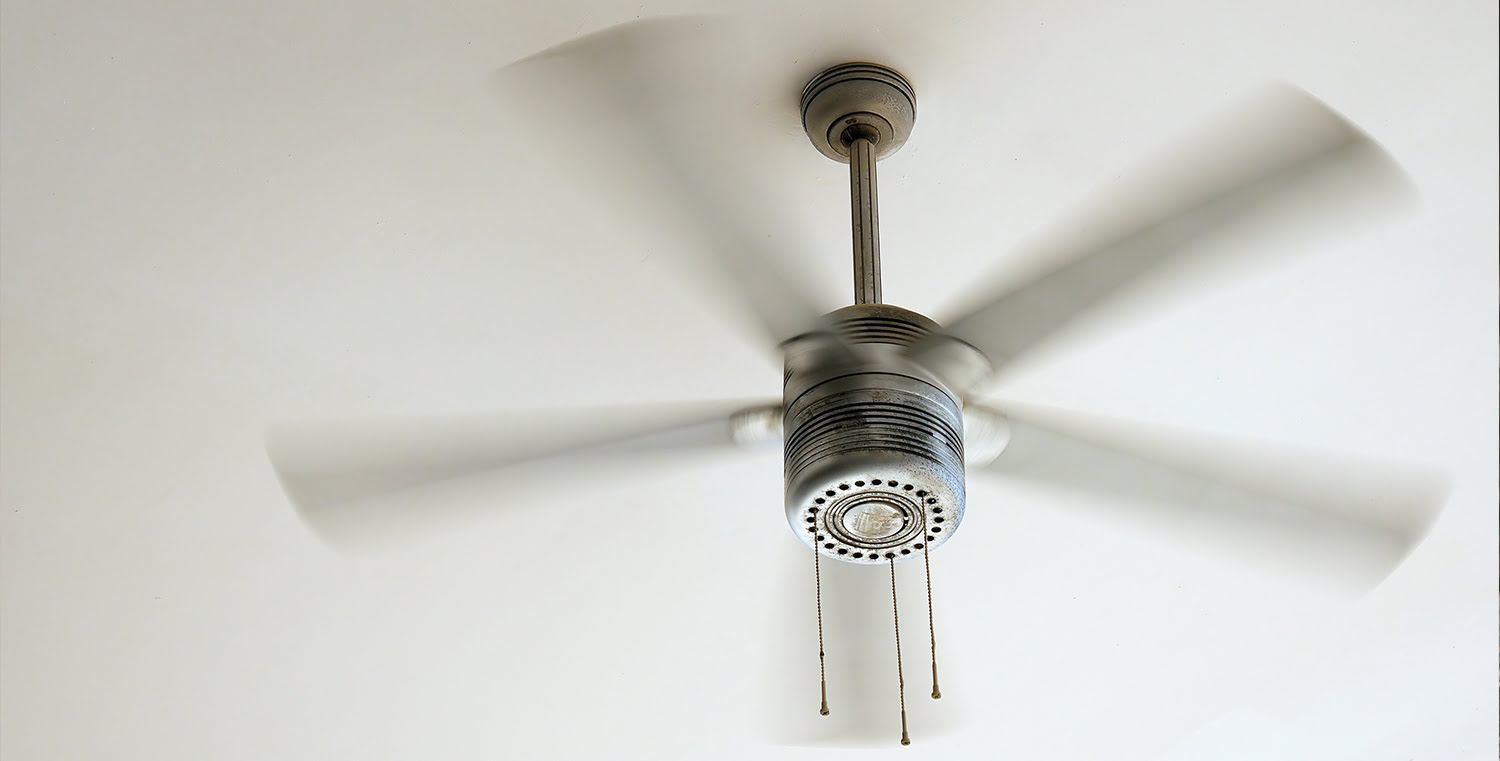
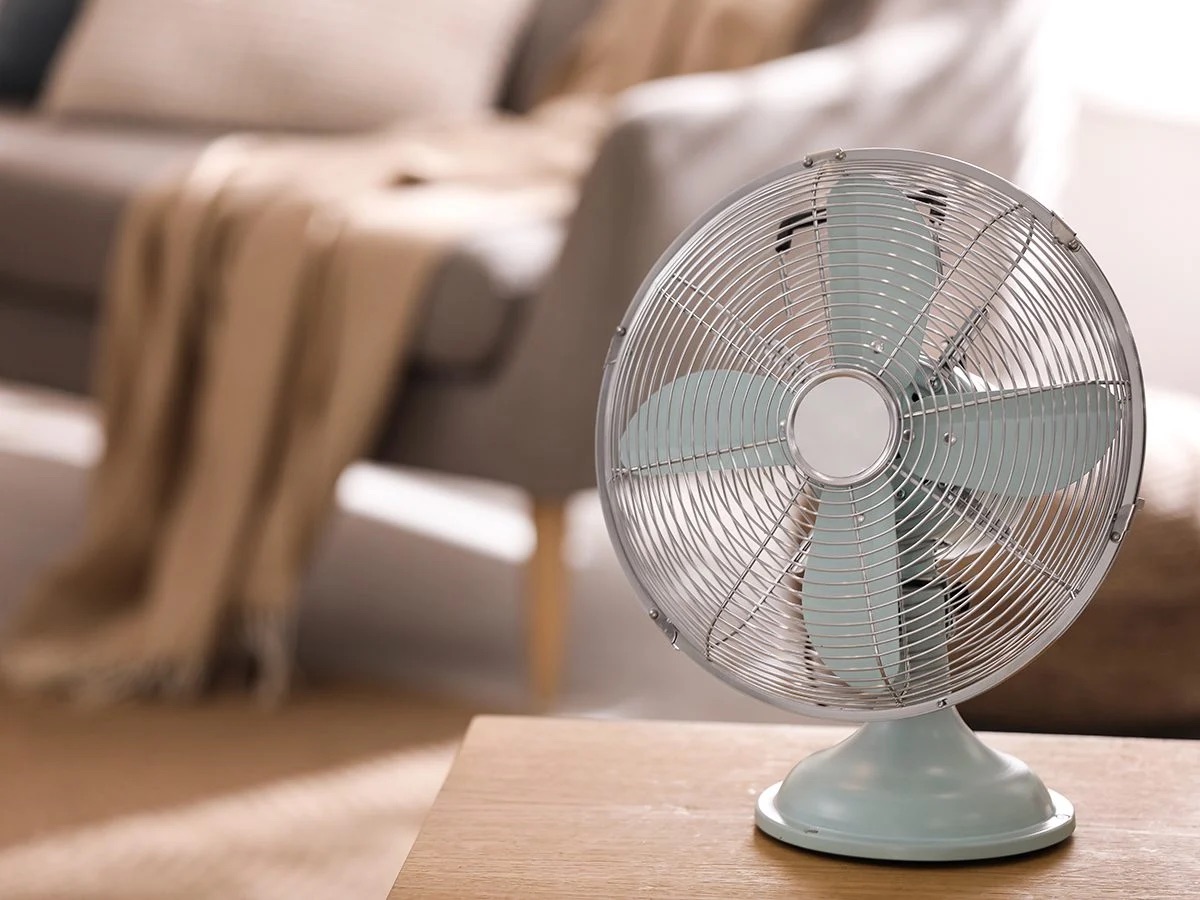
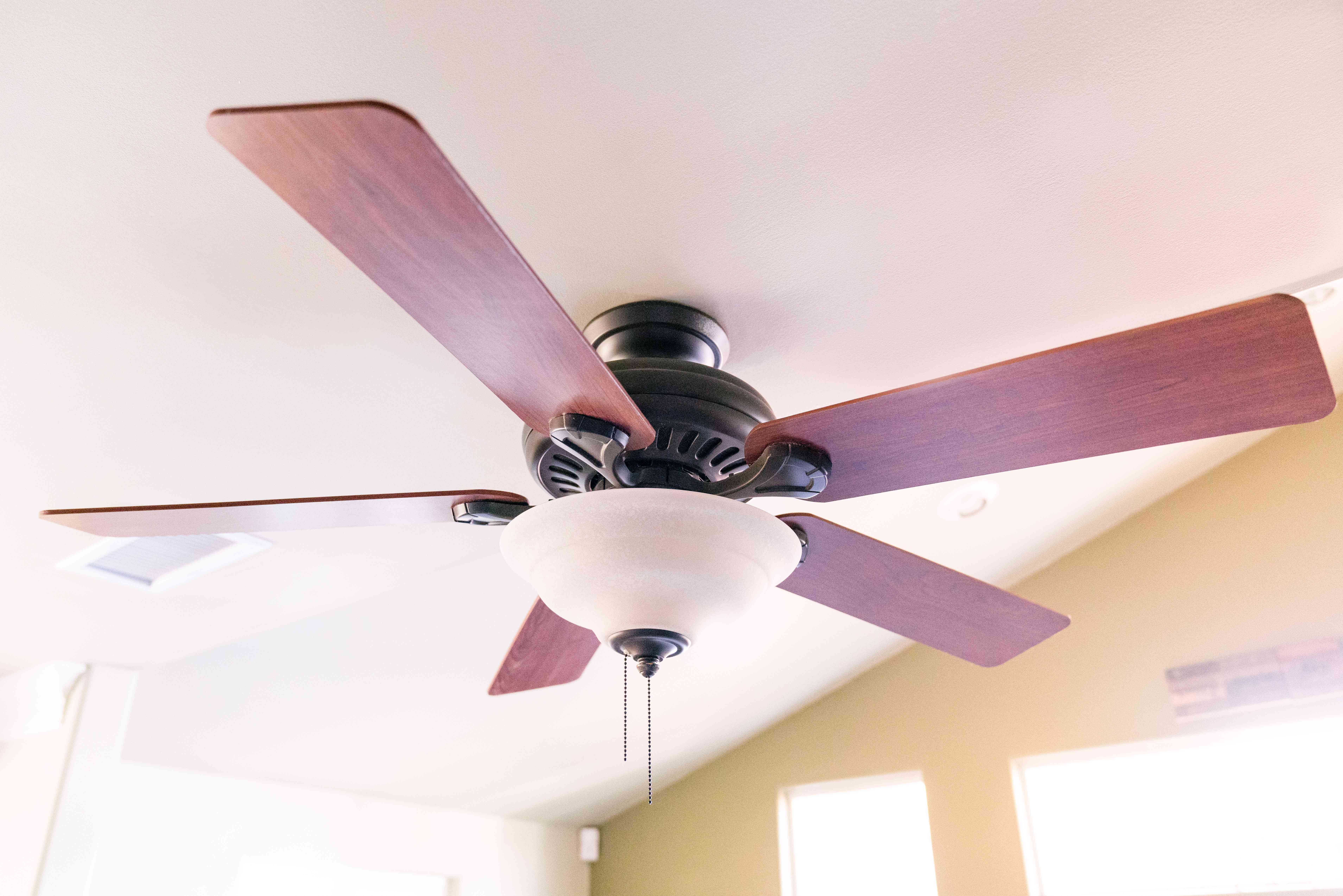
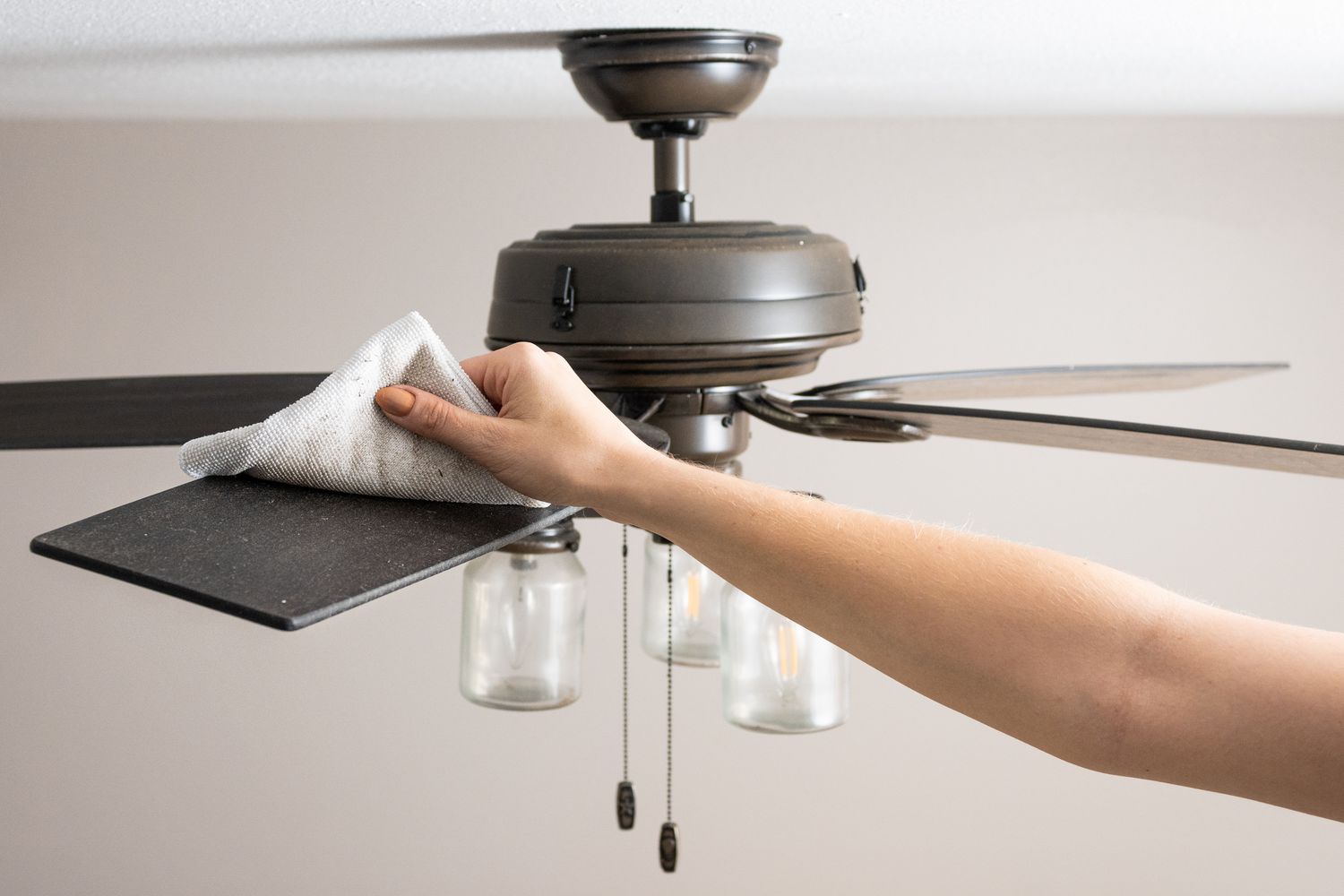
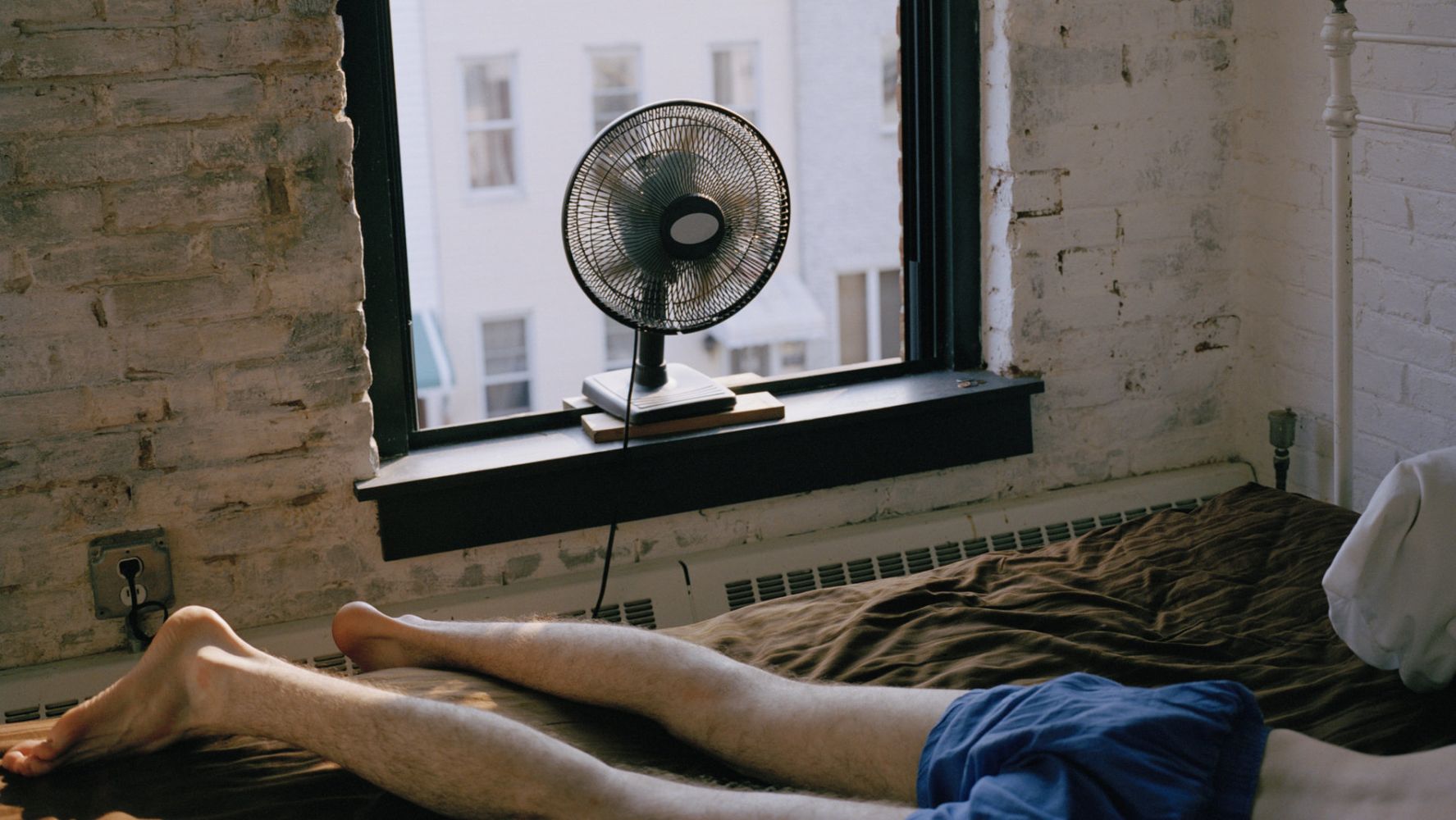
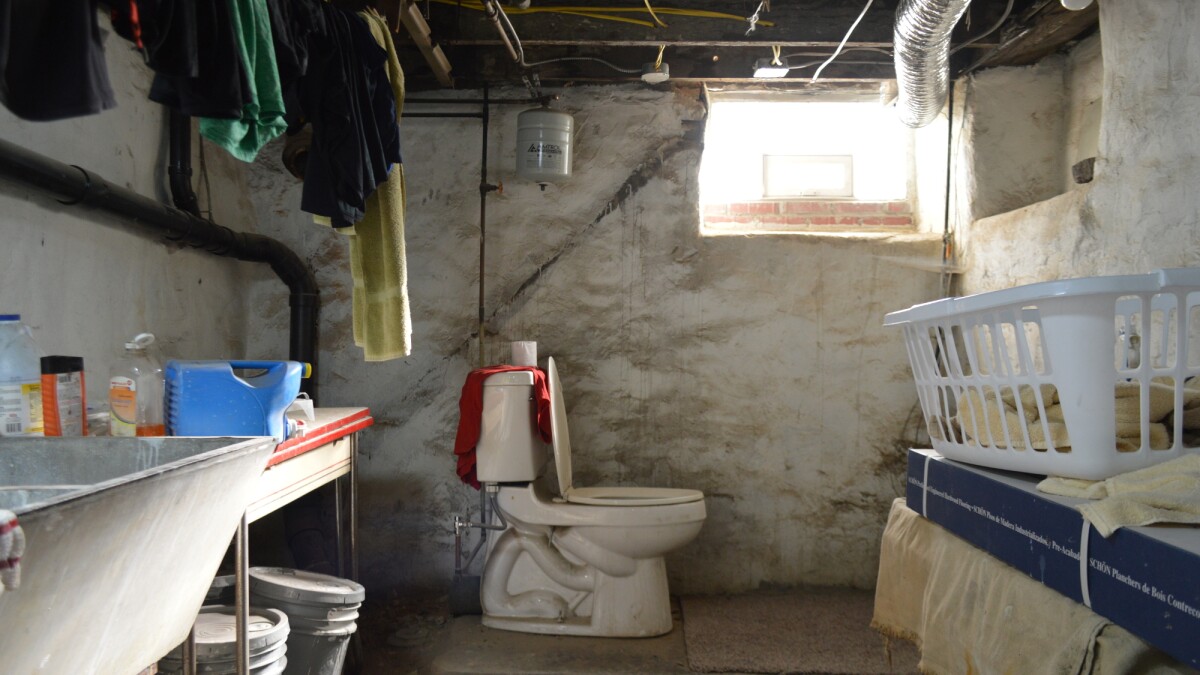

0 thoughts on “How To Cool A Basement Without AC”